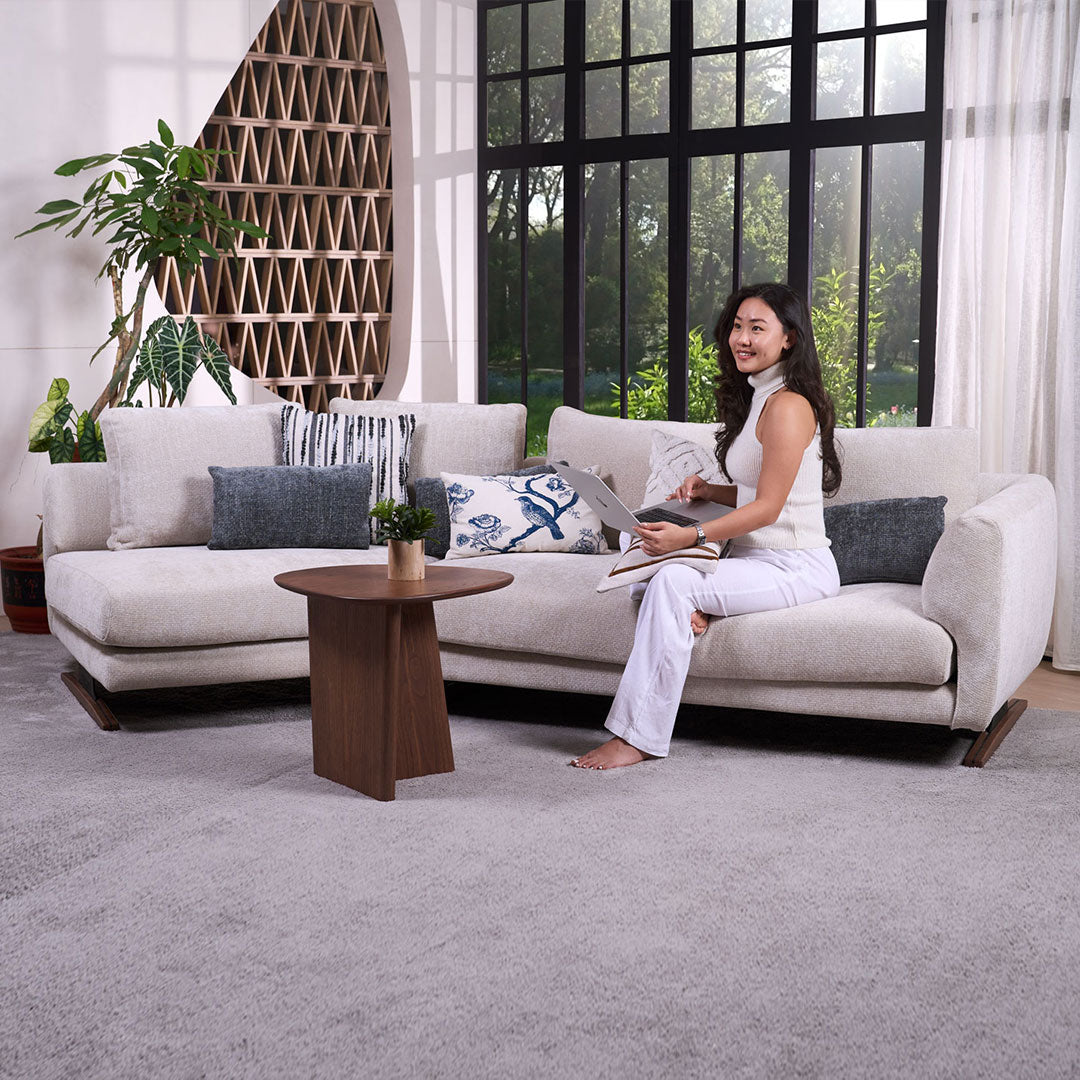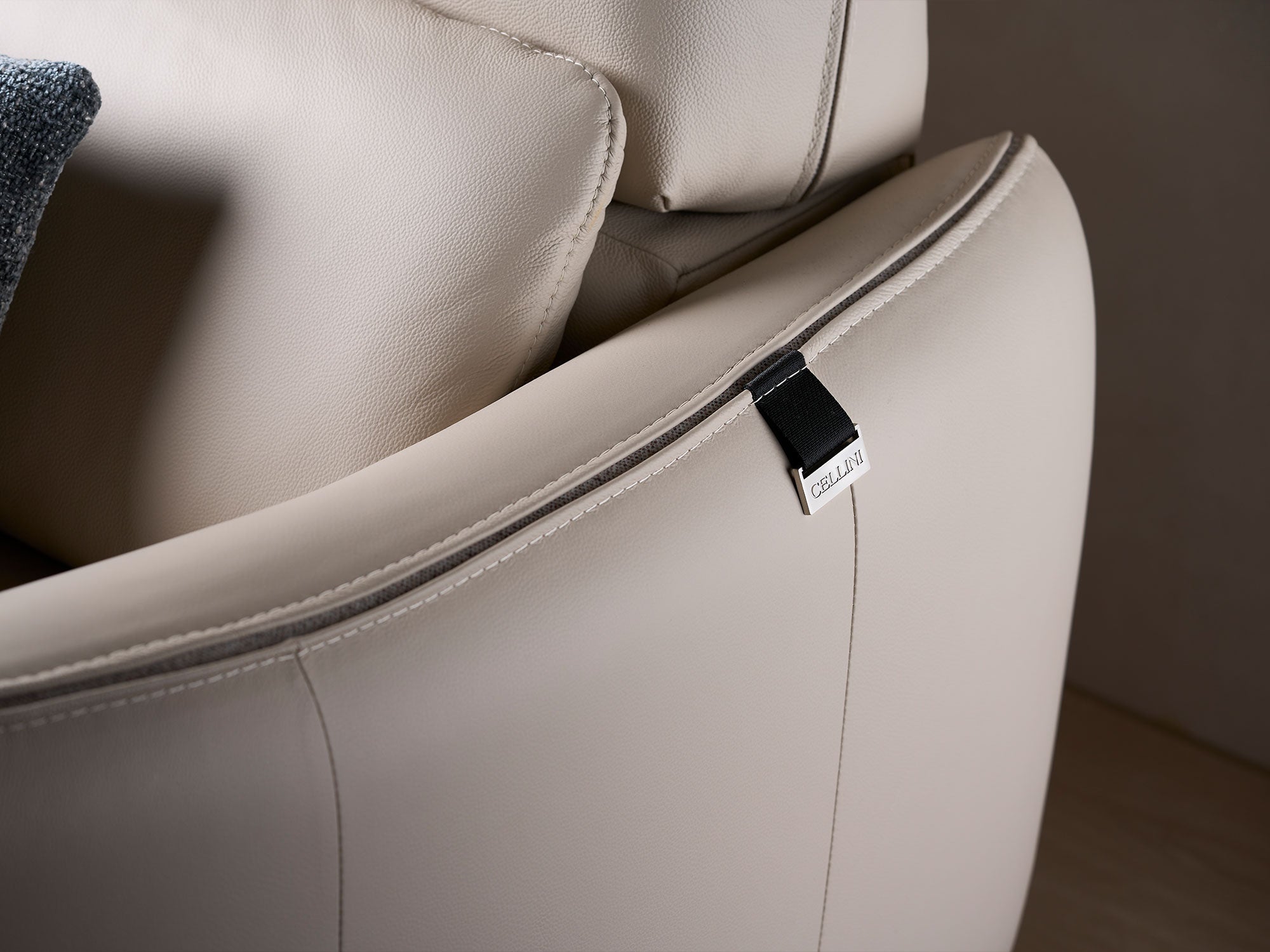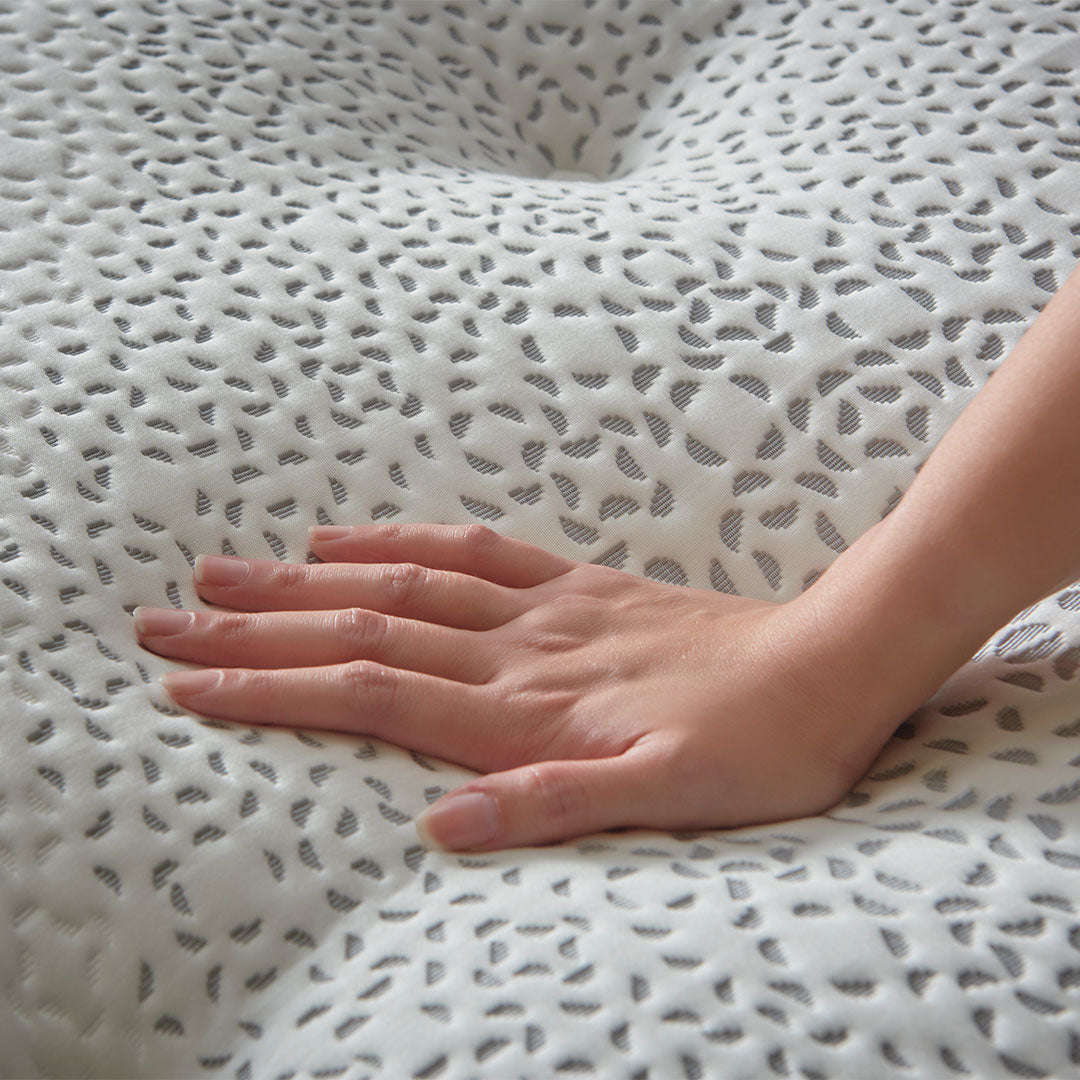
Key Takeaways:
- Steps for Drying and Cleaning a Wet Mattress Quickly
- Remove excess moisture immediately
- Use baking soda to draw out moisture and odours
- Elevate and ventilate
- Use a wet-dry vacuum
- Use a waterproof mattress protector to prevent future mishaps
- Remove excess moisture immediately
Introduction
A wet mattress might seem like a minor issue at first, but if you don’t act fast, it can quickly turn into a bigger headache. A spilt drink, pet accident, or sudden ceiling leak—whatever the cause, moisture trapped inside a mattress may trigger funky smells and allergy flare-ups and compromise its overall cleanliness.
Don’t wait for the problem to worsen. Act quickly with this step-by-step guide to cleaning a wet mattress and prevent long-term damage.
How to Effectively Handle Cleaning a Wet Mattress
1. Act Fast: Remove Excess Moisture Immediately
Speed is key to wet mattress recovery—whether it’s a plush anti-allergy mattress or a memory foam mattress. The longer moisture sits in your mattress, the more time it has to seep deep into the layers of foam, padding, and fabric.
What starts as surface dampness can quickly reach the core, making it much harder to dry completely. This trapped moisture not only extends drying time but also increases the risk of mould growth and structural damage.
Act fast to prevent deeper moisture absorption:
- Use absorbent towels to blot up as much water as possible.
- Press firmly, but don’t rub. Rubbing may spread the liquid further into the mattress layers.
2. Use Baking Soda to Draw Out Moisture and Odours
After blotting, it’s time to deodorise and dehumidify. Baking soda is a powerful ally. Known for its natural deodorising and absorbent properties, baking soda helps draw out moisture that may still be trapped beneath the surface. It is one of the most affordable mattress drying tips you can try at home.
- Simply sprinkle a generous layer over the affected area.
- Let it sit for 4 to 6 hours, or overnight if possible.
- As it works, it neutralises odours and pulls moisture from within the mattress layers.
3. Elevate and Ventilate
Once the baking soda has done its job, it’s time to elevate and ventilate the mattress to speed up the drying process. Good airflow is essential in this step. By helping moisture evaporate more quickly from deep within the mattress layers, it prevents trapped humidity from lingering. Now you can enjoy a clean, comfortable sleep environment—free from mould, bacteria, and unwanted odours.
- Prop the mattress upright near an open window, fan, or in an air-conditioned room.
- Avoid laying it flat on the floor, as this can trap moisture underneath.
4. Use a Wet-Dry Vacuum (If You Have One)
For mattresses that are thoroughly soaked, a wet-dry vacuum can be a real lifesaver. Unlike regular vacuums, a wet-dry vacuum is designed to extract liquids efficiently, pulling out moisture that towels or baking soda alone can’t reach.

This step helps extract moisture deep within the foam layers, which is critical for wet mattress recovery and preserving long-term comfort. By removing as much water as possible early on, you reduce drying time and help preserve the mattress’s structure and comfort.
- Gently vacuum the damp areas to draw out any remaining water.
- Follow up with the baking soda method and ventilation for best results.
5. Invest in a Waterproof Mattress Protector
After cleaning your wet mattress and it is completely dry, take it as a wake-up call to prevent future mishaps. Investing in a high-quality waterproof mattress protector is a smart move. It matters even more when you own a stylish mattress and bed frame combo.
Spills, stains, and moisture can ruin not just the mattress but also the overall look of your bedroom setup. A protector helps maintain the fresh, clean appearance of your bed, keeping your sleep space looking polished at all times. Among the waterproof mattress protector benefits, the most compelling is peace of mind. Let it shield against spills and leaks while keeping out dust mites, sweat, and allergens.
Are There Preventive Alternatives to Cleaning a Wet Mattress?
Emergencies happen. But with the right knowledge and fast wet mattress cleaning action, everything will stay under control. For added assurance, browse Cellini’s range of breathable, mould-resistant mattresses designed with Singapore’s climate in mind. From everyday spills to unexpected leaks, you’ll sleep better knowing you’re prepared.
You may also want to check out our adjustable mattress frame to further enhance your sleep quality. With personalised head and leg elevation, it helps improve circulation, reduce pressure points, and promote airflow to keep your mattress fresher for longer.
Get in touch now to learn more.







